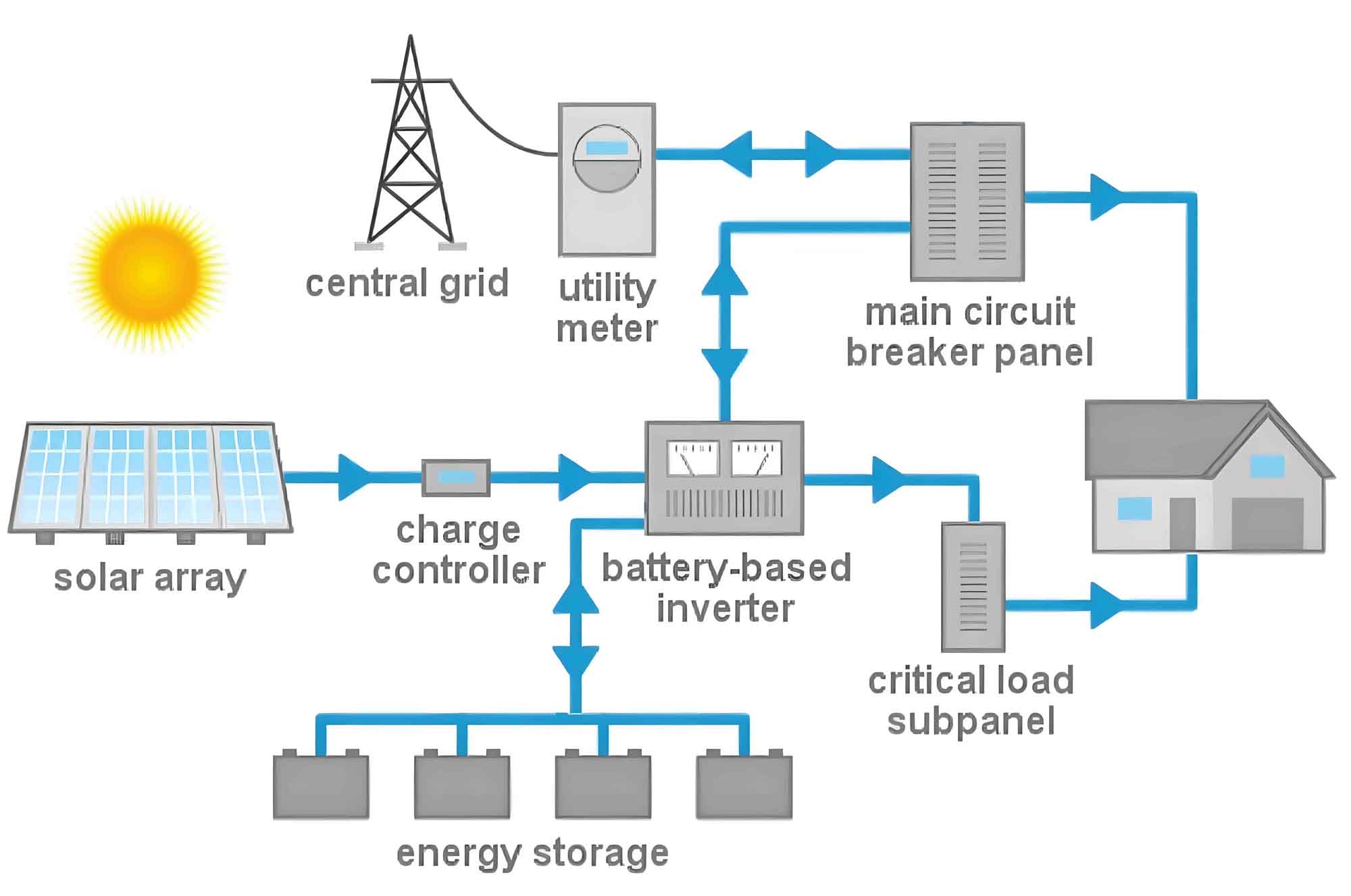Home solar energy systems have seen remarkable advancements in recent years, driven by technological innovations, policy changes, and increased environmental awareness. These systems, designed to harness the power of the sun for residential use, are becoming more efficient, affordable, and accessible. This article explores the latest advances in home solar energy systems, highlighting key technologies, trends, and benefits for homeowners.

Advances in Solar Panel Technology
High-Efficiency Solar Panels
One of the most significant advancements in home solar energy systems is the development of high-efficiency solar panels. Traditional silicon-based solar panels have been improved to reach efficiency rates exceeding 22%, thanks to better manufacturing techniques and materials. Additionally, new technologies like Passivated Emitter and Rear Cell (PERC) and bifacial solar panels are pushing these efficiencies even higher.
Table 1: Efficiency Comparison of Solar Panel Technologies
| Technology | Efficiency (%) |
|---|---|
| Traditional Silicon | 15-18 |
| PERC | 19-22 |
| Bifacial | 20-24 |
| Perovskite-Silicon Tandem | 25-28 |
Perovskite Solar Cells
Perovskite solar cells represent a breakthrough in solar technology. These cells use a perovskite-structured compound as the light-harvesting active layer. They are cheaper to produce and can achieve high efficiencies, making them a promising addition to home solar energy systems. While still in the experimental phase for widespread residential use, their potential is significant.
Battery Storage Innovations
Lithium-Ion Batteries
Lithium-ion batteries have become the standard for energy storage in home solar energy systems. Recent improvements have focused on increasing energy density, reducing costs, and extending battery lifespan. These enhancements make lithium-ion batteries more reliable and efficient for storing solar energy for use during cloudy days or at night.
Solid-State Batteries
Solid-state batteries are an emerging technology that promises even greater energy density and safety compared to traditional lithium-ion batteries. These batteries use a solid electrolyte instead of a liquid one, which reduces the risk of leaks and fires. While still in development, solid-state batteries could revolutionize energy storage in home solar energy systems.
Table 2: Comparison of Battery Technologies
| Battery Type | Energy Density (Wh/kg) | Cost ($/kWh) | Lifespan (cycles) | Safety |
|---|---|---|---|---|
| Lithium-Ion | 150-200 | 100-150 | 500-2000 | Moderate |
| Solid-State | 250-350 | 300-400 | 1000-3000 | High |
Smart Home Integration
Solar Inverters
Modern solar inverters have advanced significantly, becoming more efficient and intelligent. They convert the direct current (DC) produced by solar panels into alternating current (AC) used by home appliances. New inverters offer features like real-time monitoring, remote diagnostics, and enhanced grid interaction, allowing homeowners to optimize their energy usage.
Home Energy Management Systems
Home energy management systems (HEMS) integrate with solar inverters and battery storage to provide comprehensive control over a home’s energy production and consumption. These systems use algorithms and machine learning to predict energy usage patterns and adjust accordingly, maximizing the efficiency of home solar energy systems.
List: Key Features of Home Energy Management Systems
- Real-time energy monitoring
- Automated energy distribution
- Integration with smart appliances
- Remote control via mobile apps
- Energy usage analytics and reporting
Government Incentives and Policies
Tax Credits and Rebates
Government incentives continue to play a crucial role in the adoption of home solar energy systems. Tax credits, rebates, and grants are available in many regions, reducing the upfront cost for homeowners. The Federal Investment Tax Credit (ITC) in the United States, for example, allows homeowners to deduct a significant percentage of their solar installation costs from their federal taxes.
Net Metering Policies
Net metering policies enable homeowners to sell excess solar energy back to the grid, earning credits on their utility bills. This arrangement not only provides financial benefits but also encourages the efficient use of solar energy. Recent changes and updates in net metering policies across various states and countries have made it easier for homeowners to benefit from their home solar energy systems.
Future Prospects
The future of home solar energy systems looks bright with continuous advancements on the horizon. Research and development in areas such as tandem solar cells, organic photovoltaics, and advanced energy storage solutions are expected to further enhance the efficiency and affordability of home solar energy systems. As technology progresses and costs continue to fall, more homeowners will be able to harness the power of the sun, contributing to a more sustainable and energy-efficient world.
In conclusion, the latest advances in home solar energy systems are transforming the way we generate and use electricity at home. With improvements in solar panel technology, battery storage, smart home integration, and supportive government policies, home solar energy systems are becoming a viable and attractive option for many households. The ongoing innovation and development in this field promise an even brighter future for renewable energy adoption in residential settings.
